Lifestyle Changes That Promote a Healthy Spine and Prevent Injury
November 6, 2025
8 min

The Importance of Lifestyle Choices in Spine Health
Understanding the Significance of Spine Health
The spine plays a critical role in overall wellness, providing structural support, enabling mobility, and protecting the nervous system. Maintaining a healthy spine is essential for daily function, mobility, and quality of life.
How Lifestyle Habits Affect Spinal Wellness
Simple lifestyle choices, such as regular physical activity, maintaining a healthy weight, and proper posture, greatly influence spinal health. Strong core and back muscles help support the spine, reducing the risk of injury and chronic pain.
Preventing Spine Injury Through Healthy Living
Incorporating balanced exercise routines like walking, swimming, and stretching, along with ergonomic practices and diet rich in bone-supporting nutrients such as calcium and vitamin D, can prevent spinal degeneration. Avoiding smoking and managing stress also contribute to healthier muscle function and reduce inflammation.
By prioritizing these lifestyle habits, individuals can preserve spinal integrity, minimize discomfort, and promote long-term wellness, supporting an active and pain-free life.
Exercise and Physical Activity: Foundations for a Healthy Spine

What lifestyle habits support spine health?
Regular low-impact exercises like walking for spine health, swimming and spine health, and yoga for flexibility and spine are essential lifestyle habits for supporting spinal health. These activities improve circulation and strengthen the core muscles—including deep abdominal muscles and spine, back muscle strength, glutes and pelvic floor—which provide vital support and stability to the spine. Strengthening these muscles enhances posture improvement tips and balance and stability, helping to reduce the risk of reducing herniated disc risk and preventing chronic back pain.
Benefits of regular low-impact exercises like walking, swimming, yoga
Low-impact exercises offer sustainable ways to maintain spine health. Walking and swimming benefits enhance cardiovascular fitness without placing excessive strain on the spine. Yoga promotes flexibility and spine and mindfulness of body alignment, further aiding spinal stability. These activities incrementally improve strength and reduce spinal pressure, making them beneficial for all ages.
Core strengthening exercises to support spinal stability
Core strengthening routines such as planks, glute bridges, and abdominal crunches build muscular support around the lumbar region. A strong core minimizes undue stress on spinal structures during daily movements and heavy lifting, effectively reducing injury risk. See also core muscle strengthening and core strengthening exercises.
Role of stretching for flexibility and muscle tension relief
Daily stretching focused on the lower back stretching, hamstring flexibility, and hip flexor stretching helps maintain optimal muscle length and joint alignment. This flexibility reduces muscle stiffness and tension that often contribute to back pain. Incorporating stretches like child's pose benefits or gentle hamstring stretches into your routine promotes spinal comfort and mobility.
Reducing back pain and injury risk through physical activity
Consistent physical activity not only strengthens supportive musculature but also improves posture improvement tips, proper posture tips, and spinal alignment, lowering the incidence of back pain. Proper lifting techniques paired with a strong, flexible core help prevent common injuries. Engaging in these exercises regularly empowers individuals to maintain an active and pain-free lifestyle. For more on prevent back pain and preventing back pain as you age, see the related resources.
Posture, Ergonomics, and Proper Body Mechanics

How does proper posture and ergonomics prevent spine injuries?
Good posture is essential for preserving the natural curves of the spine, which helps reduce muscle strain and prevent injury. Proper alignment means keeping the head directly above the shoulders and the shoulders aligned over the hips, maintaining the spine's neutral position. This reduces unnecessary pressure on spinal discs and muscles. Learn more about Maintaining proper posture.
Ergonomic adjustments in both workplace and home environments play a crucial role. Using adjustable chairs, standing desks, and positioning computer monitors at eye level support spinal alignment and reduce the risk of musculoskeletal strain. Regularly alternating between sitting and standing can lessen pressure on the lower back, especially for those with desk jobs. See details on ergonomic workspace setup and ergonomic practices.
Safe lifting techniques are also vital. Bending the knees, not the back, and keeping heavy objects close to the body engage leg muscles rather than straining the spine. Avoiding twisting motions while lifting helps further protect spinal discs from injury. For more information, see Proper lifting techniques and Lifting heavy objects safely.
Supportive footwear with good arch support is important to maintain proper spinal alignment throughout daily activities, as poor footwear can increase strain on the lower back. Equally, sleep posture influences spinal health—sleeping on the back or side with aligned hips and spine helps the body recover and prevents undue strain. Refer to Supportive Shoes for Spine Health and Proper Sleep Posture.
Overall, maintaining correct posture, applying ergonomic principles, practicing safe lifting, and supporting the spine during rest are foundational steps to ensure spinal health and reduce injury risk. For comprehensive insights, see Proper Posture Tips and Ergonomic practices for posture.
Nutrition and Weight Management for Spinal Wellness

Why is nutrition and weight management important for spine health?
Maintaining a healthy weight is fundamental to reducing unnecessary strain on the spine. Excess body weight increases pressure on spinal discs and joints, which can contribute to poor posture, spinal inflammation, and a higher risk of chronic back pain. Obesity and Back Strain also impairs mobility, making consistent movement and exercise more challenging, which can further deteriorate spinal health. For more on this topic, see Maintaining healthy weight for spine.
How do specific nutrients support bone and joint health?
Calcium and vitamin D play vital roles in building and maintaining strong bones, thereby reducing the risk of osteoporosis-related spinal fractures. Omega-3 fatty acids provide anti-inflammatory benefits that help protect spinal tissues from degeneration and promote overall musculoskeletal wellness. Including these nutrients through diet supports bone density and joint function essential for spine resilience. For additional details, refer to Calcium and vitamin D for bone health.
What dietary choices reduce inflammation and prevent degeneration?
Incorporating a balanced diet rich in leafy greens, dairy products, fatty fish like salmon, nuts, and lean meats helps supply essential vitamins and minerals. These foods not only strengthen bones but also reduce systemic inflammation, which is a major factor in the progression of spinal degeneration. Avoiding processed foods high in trans fats and refined sugars further supports a healthy spine. Learn more about these choices at Balanced diet for bone strength.
Integrating smart nutrition with weight management is a natural, preventative approach to spine health. Together, they promote better posture, improve mobility, and reduce the risk of back pain for people seeking holistic wellness and longevity. For comprehensive guidance see Tips for a strong back.
The Role of Professional Chiropractic Care and Holistic Approaches

What services does Back in Action Bodyworks provide?
Back in Action Bodyworks offers comprehensive chiropractic care tailored to individual patient needs. Their services include expert chiropractic adjustments, targeted massage therapy, nutritional counseling, and lifestyle guidance. This integrated approach aims not only to relieve pain but to enhance overall mobility and wellness by addressing the root causes of discomfort.
How does Back in Action Bodyworks approach musculoskeletal health?
The practice adopts a holistic and personalized method, combining traditional chiropractic techniques with complementary therapies such as soft tissue manipulation and nutrition advice. Dr. [Practitioner's Name] conducts thorough evaluations to pinpoint sources of musculoskeletal pain and crafts individualized treatment plans. Patients also receive education on posture, ergonomic workspace setup, and self-care strategies to prevent future issues, supporting the body’s natural healing and long-term spinal health.
What qualifications or experience does the practitioner at Back in Action Bodyworks have?
The lead practitioner is a licensed chiropractor with years of clinical expertise in holistic musculoskeletal care. They hold all required California licenses and have specialized training in soft tissue techniques and functional movement. Commitment to ongoing professional development through workshops and seminars ensures patients receive up-to-date, effective treatment tailored to their specific needs.
Regular spine assessments are emphasized to monitor progress and adjust care accordingly. This patient-centered, multidisciplinary strategy fosters wellness by integrating chiropractic adjustments with complementary therapies, empowering patients in their journey to sustained musculoskeletal health.
Additional Lifestyle Factors Influencing Spine Health
How do lifestyle factors like smoking and stress affect spine health?
Lifestyle choices significantly influence spinal health. Benefits of Quitting Smoking for Spine reduces blood flow to spinal tissues, which hastens disc degeneration and delays healing. This increased vulnerability can lead to more frequent and severe spinal injuries. Quitting smoking benefits enhances circulation, promoting tissue repair and reducing chronic back pain risk.
Stress management is equally important. High stress levels cause muscle tension in the back and neck, worsening existing spine issues. Techniques such as mindfulness meditation, deep breathing, and yoga can help relax muscles and decrease this tension, supporting spinal alignment and comfort. See Stress management for spine and Mindfulness and meditation for more.
Getting enough restorative sleep with proper spinal alignment—sleeping on the back or side with supportive pillows—allows the spine to recover from daily strain. This rest is vital for tissue repair and maintaining spinal resilience.
Regular health checks, including visits to chiropractors and physical therapists, enable early detection of spinal problems. Proactive care helps prevent minor issues from becoming chronic, supports personalized treatment plans, and maintains long-term spinal wellness.
Adopting healthy lifestyle habits enhances the spine’s ability to withstand stress and recover, contributing to overall well-being and quality of life.
Prioritizing Spine Health Through Lifestyle and Professional Support
Essential Lifestyle Habits for a Healthy Spine
Maintaining spine health is achievable through simple, consistent lifestyle habits. Engaging in regular low-impact exercise such as walking, swimming, or yoga strengthens core muscles, enhances flexibility, and reduces pressure on spinal discs. Complement these activities with daily stretching focusing on the lower back, hamstrings, and hips to prevent stiffness and maintain optimal alignment.
Proper posture during daily activities and ergonomic workspaces help preserve the natural curves of the spine and reduce muscle strain. When lifting objects, always bend at the knees and keep loads close to your body to avoid injury. Supporting these efforts, maintaining a healthy weight reduces excess strain on the spine and decreases inflammation.
Integrating Chiropractic Care for Optimal Outcomes
While self-care is crucial, expert chiropractic guidance offers targeted adjustments to realign joints, reduce pain, and improve posture. Chiropractors use precise manipulation techniques to relieve musculoskeletal tension safely, supporting spine stability and mobility.
Regular chiropractic check-ups, combined with personalized exercise and ergonomic advice, create a comprehensive care plan. This integrative approach not only addresses existing issues but also helps prevent future injuries, promoting long-term wellness.
Commitment to Proactive Spine Wellness
Consistent attention to spine health through lifestyle adjustments and professional support empowers individuals to maintain mobility, independence, and quality of life. Embracing these habits fosters resilience against back pain and musculoskeletal disorders, enabling active aging and overall well-being.
Taking charge of spine health today safeguards a pain-free and active tomorrow.
Recent articles

Inspiring Patient Testimonials Highlighting Chiropractic Success

Chiropractic Care: A Natural Solution for Back Pain Relief
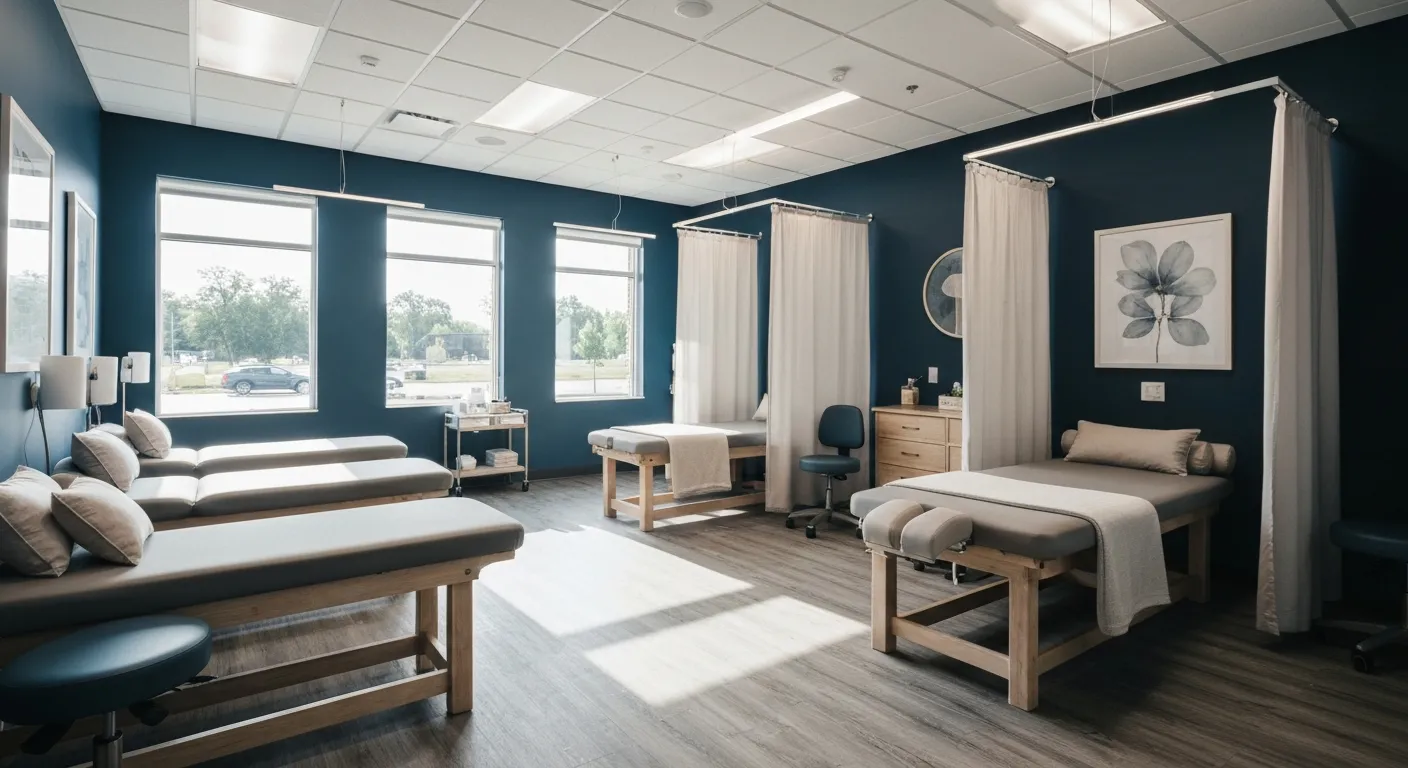
Amazing Patient Success Stories in Chiropractic Wellness

Combining Physiotherapy and Chiropractic for Optimal Healing
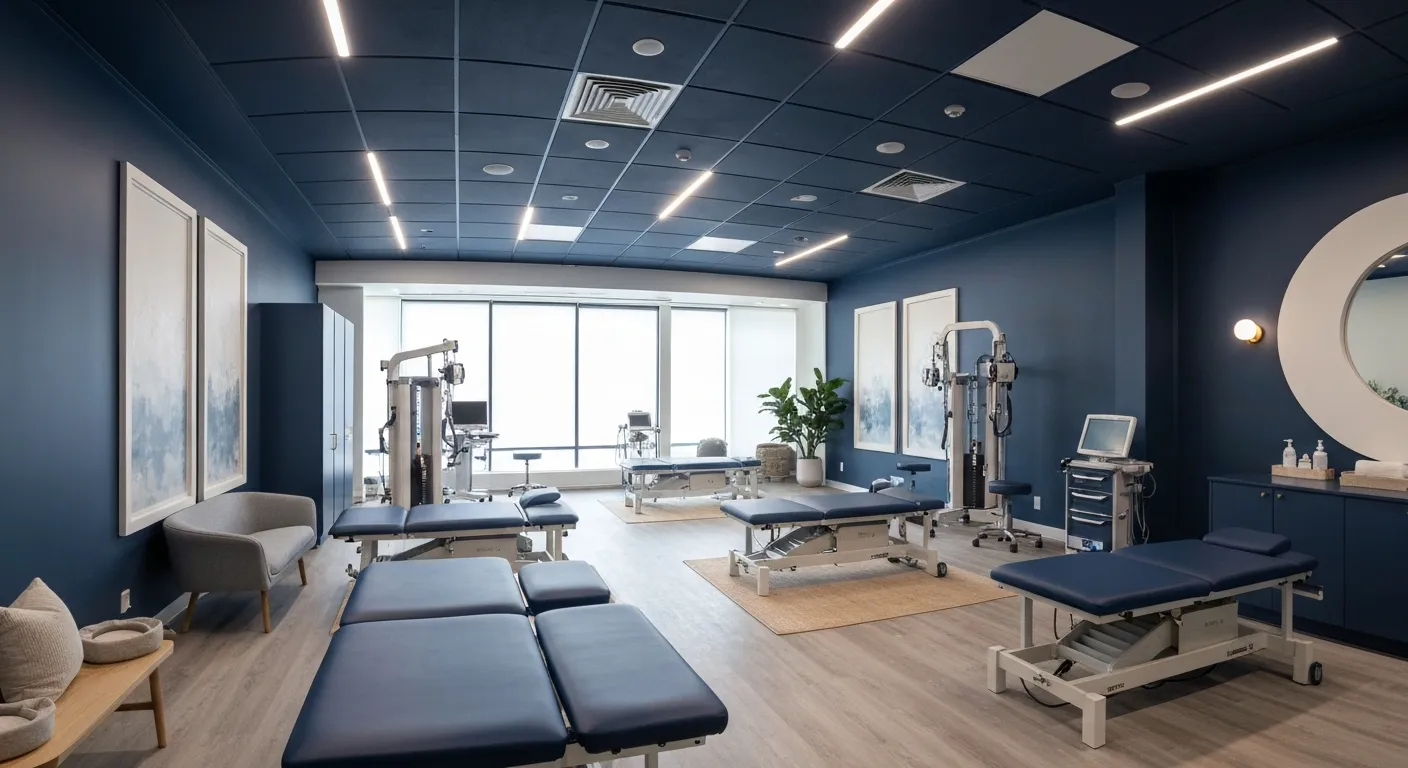
Spinal Decompression Therapy: A Breakthrough for Sciatica Sufferers

5 Holistic Treatments That Complement Chiropractic Care
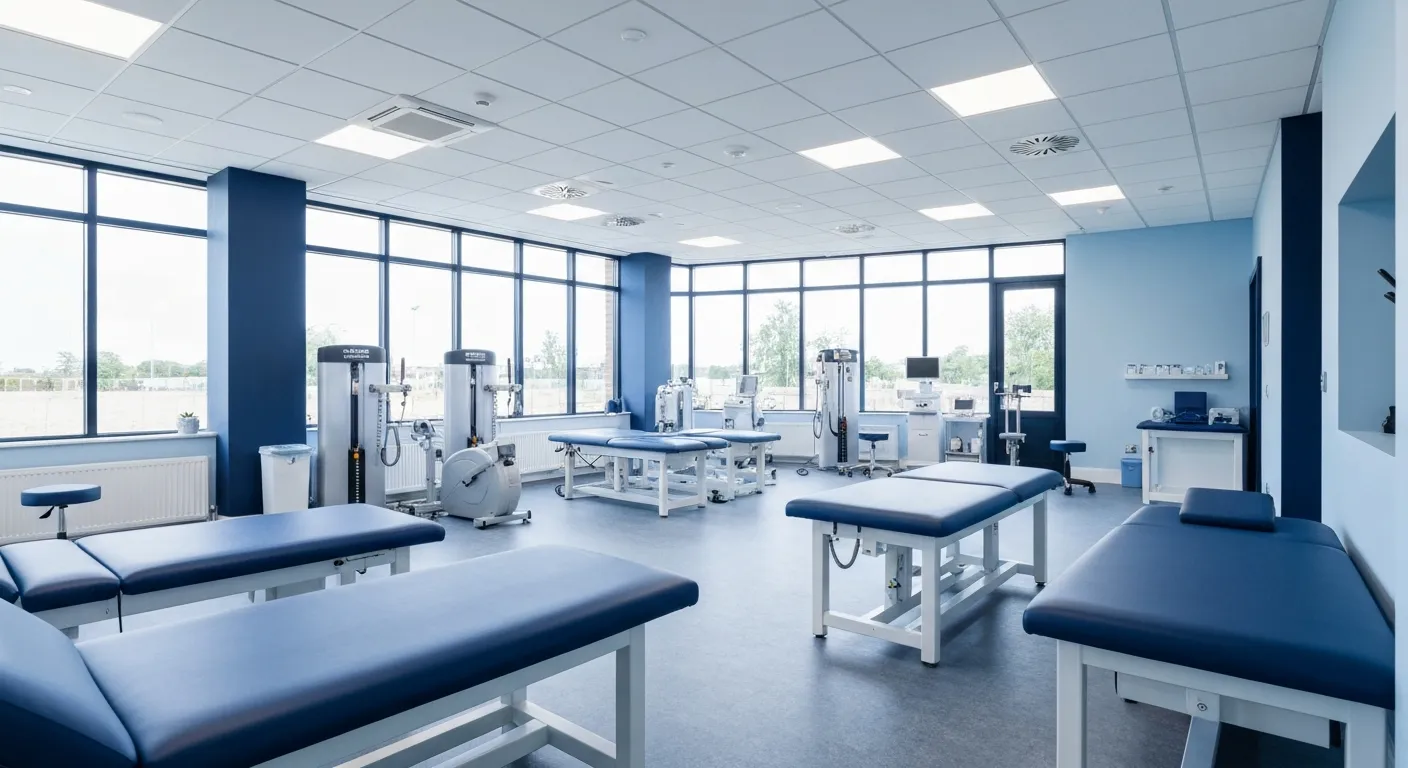
How Physiotherapy Supports and Enhances Chiropractic Treatment
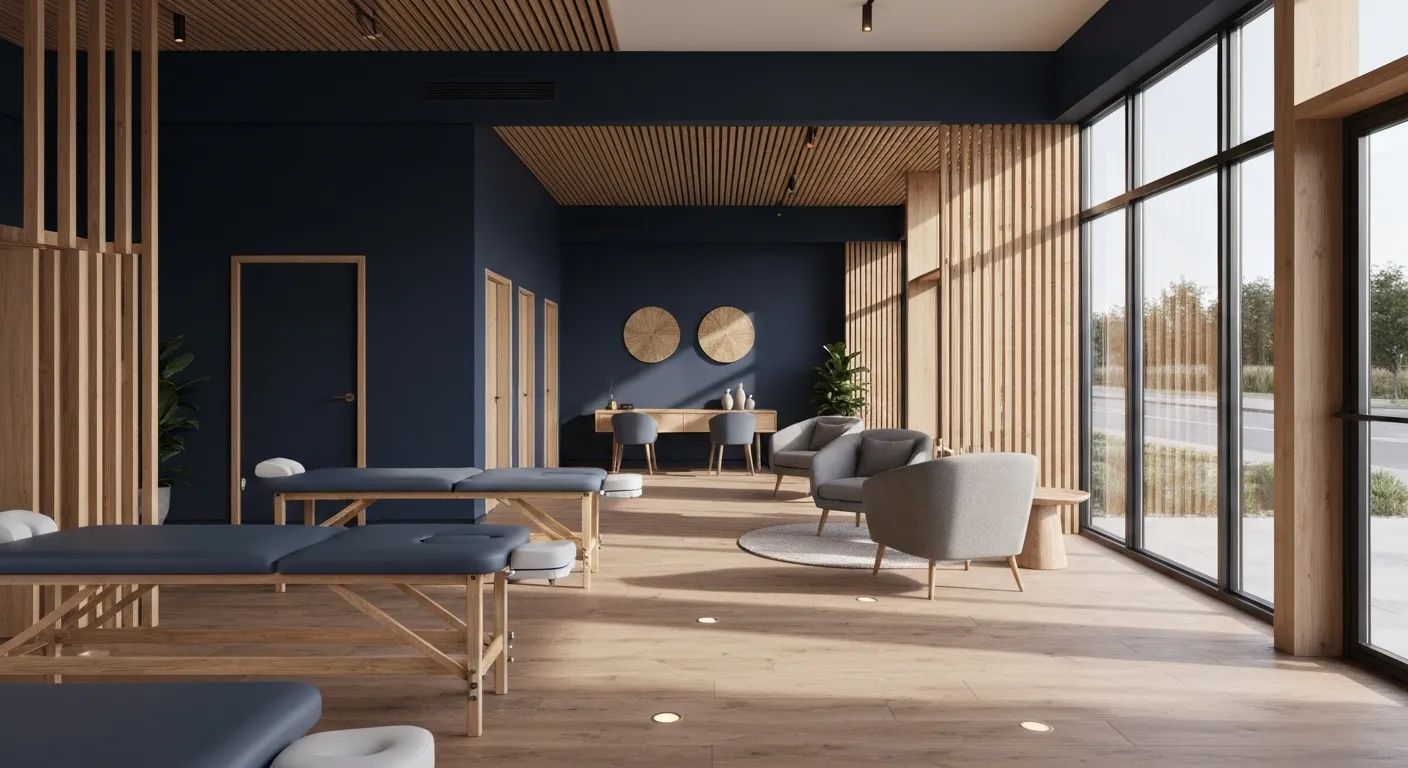
Root Cause Versus Symptom Treatment: Making the Right Choice

7 Essential Things to Know Before Choosing Your Chiropractor
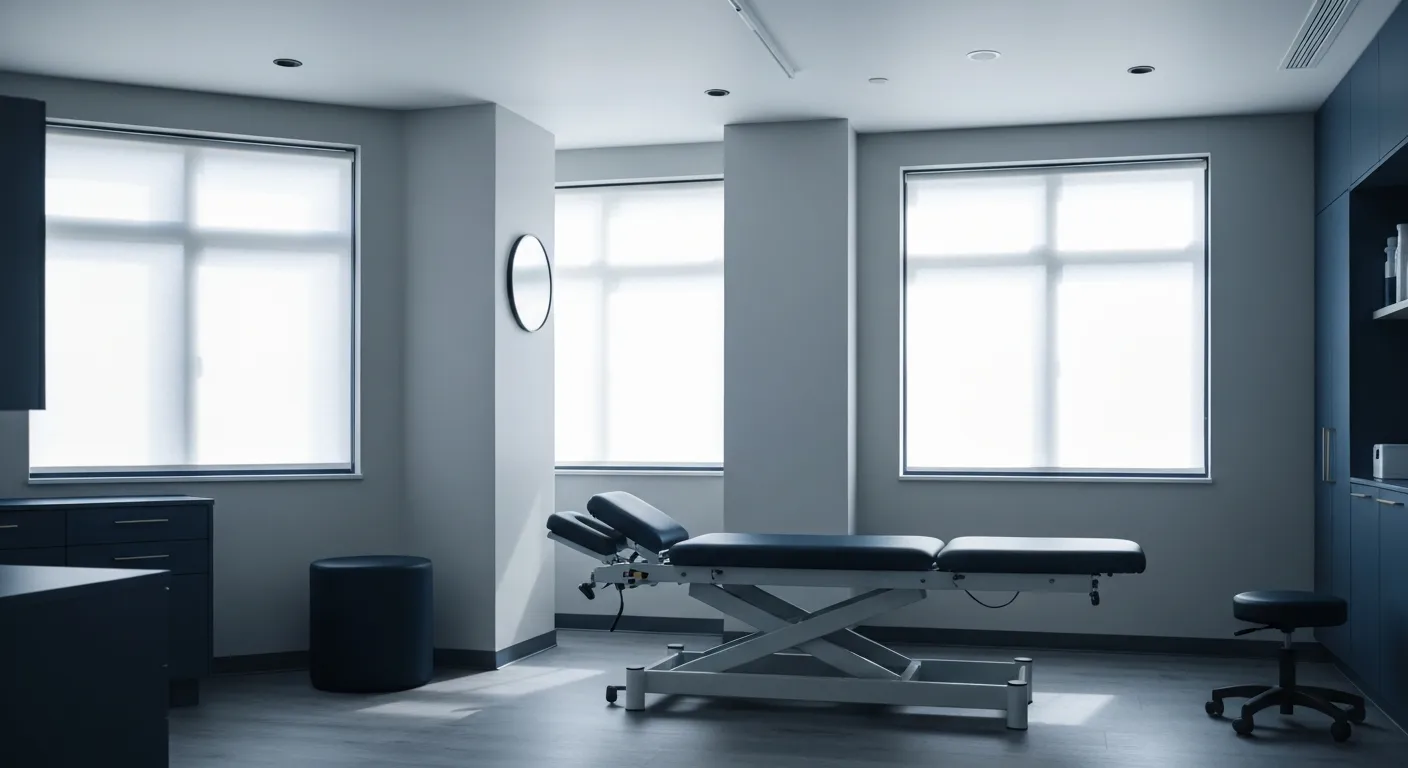
Why Addressing Root Causes of Pain Matters More Than Just Symptoms

Nutritional Counseling Strategies to Boost Your Overall Wellness

How Spinal Decompression Therapy Alleviates Sciatic Nerve Pain
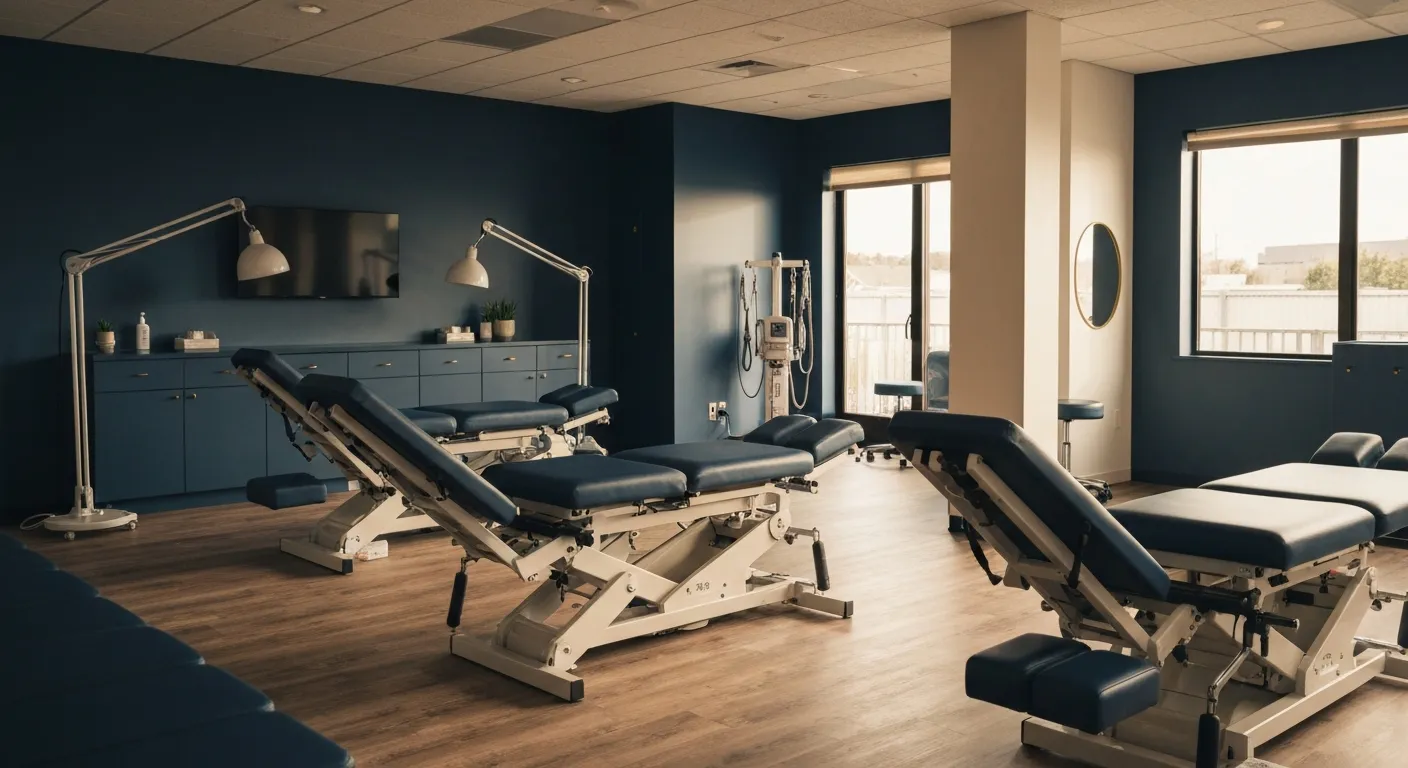
Long-Term Pain Relief Through Targeted Corrective Exercises

10 Benefits of Integrating Physiotherapy with Chiropractic Treatments

Corrective Exercises That Help Prevent Recurring Pain

8 Corrective Exercises Proven for Lasting Pain Relief

Lifestyle Habits for Maintaining a Healthy Spine
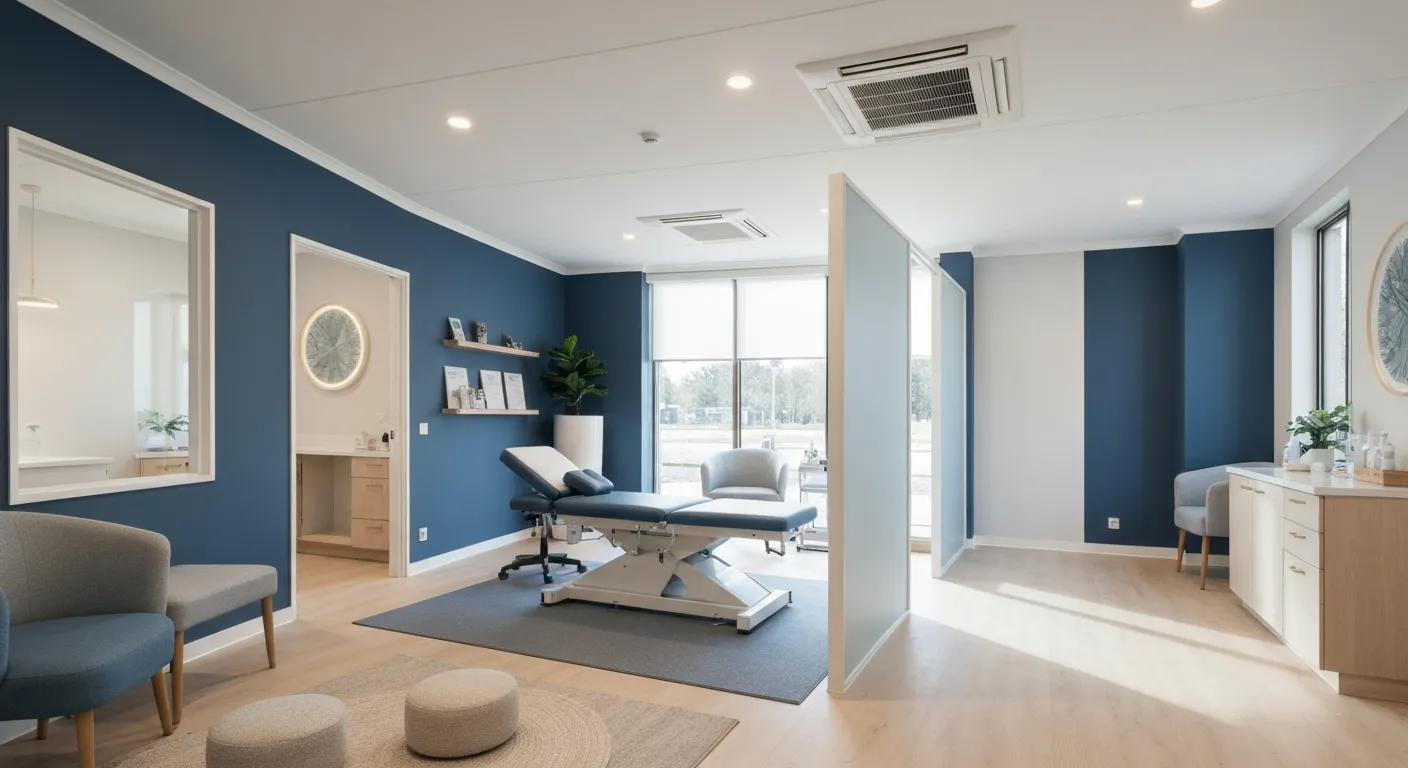
What You Will Experience at Your Initial Chiropractic Visit
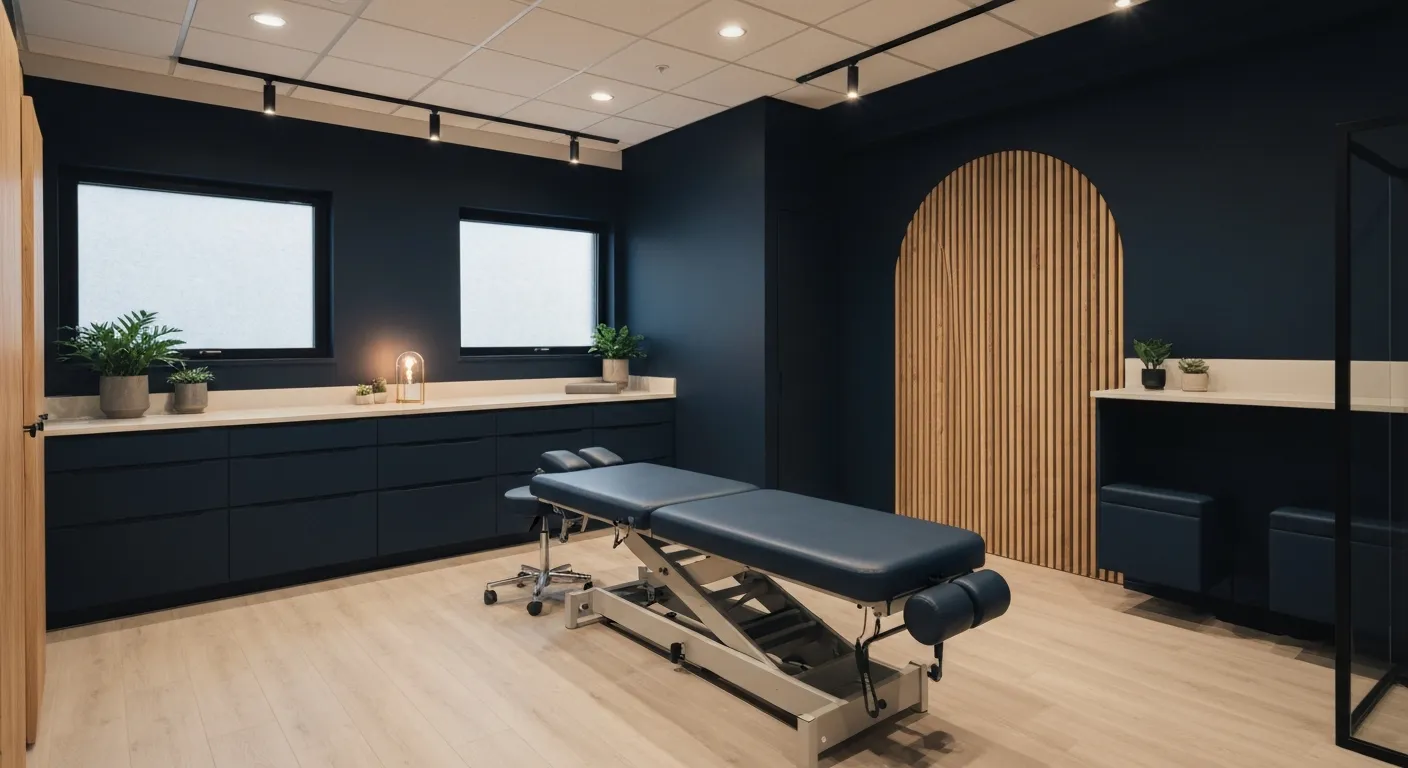
What Happens at Your First Visit to a Chiropractor?
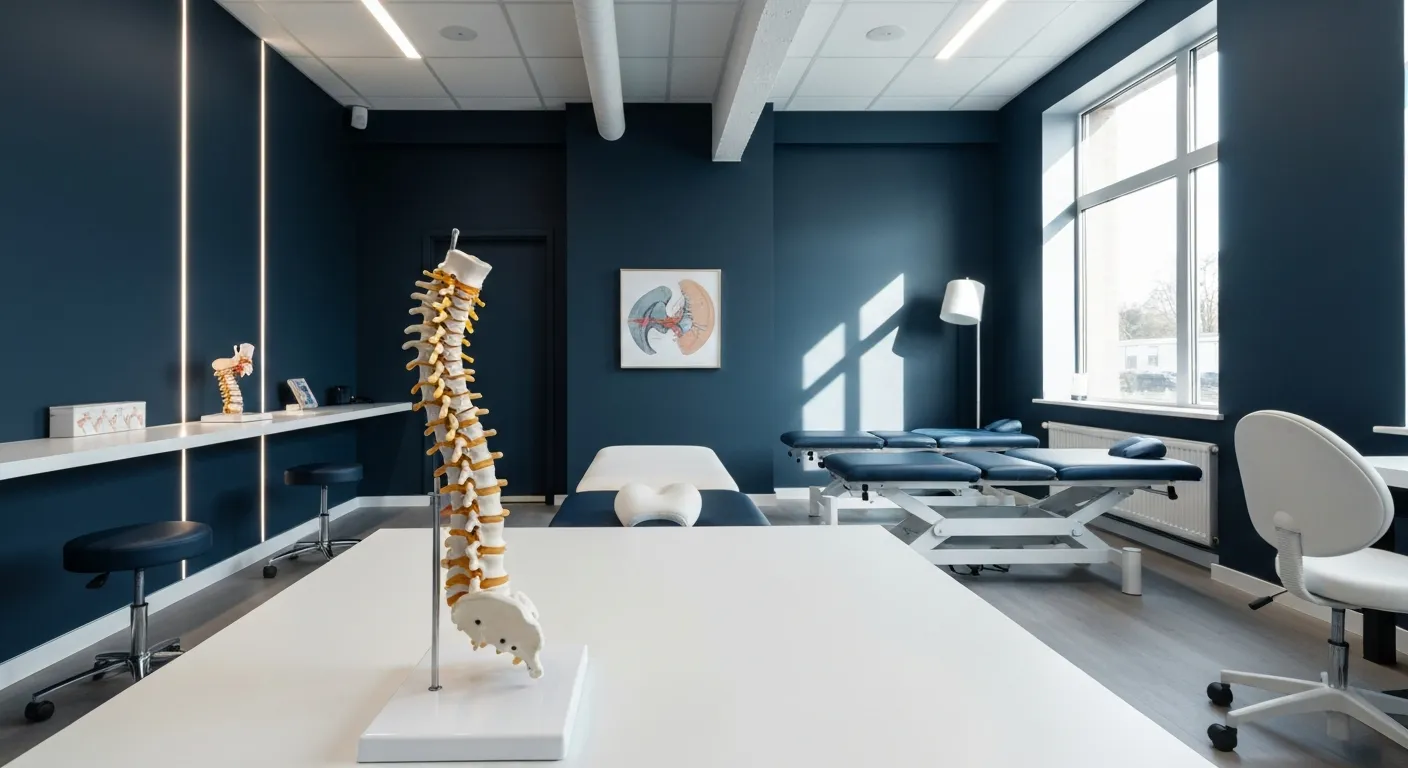
Focusing on Root Cause Analysis for Effective Pain Relief
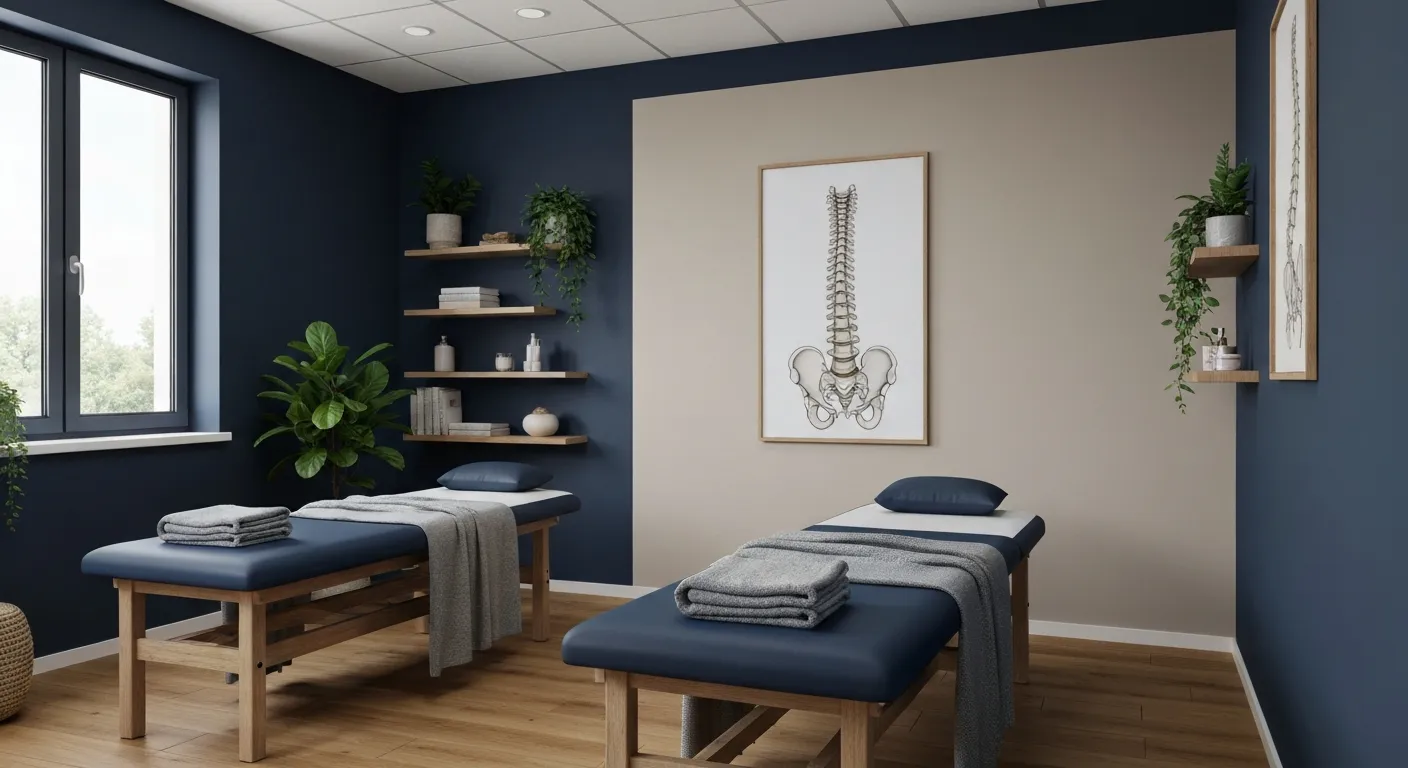
Tips for Lifestyle Changes to Support Spinal Health

Tips for Lifestyle Changes to Support Spinal Health

Holistic Treatment Plans: Alternatives to Surgery for Chronic Pain

Enhance Wellness Through Personalized Nutritional Counseling

Non-Invasive Pain Relief: Exploring Holistic Treatment Alternatives
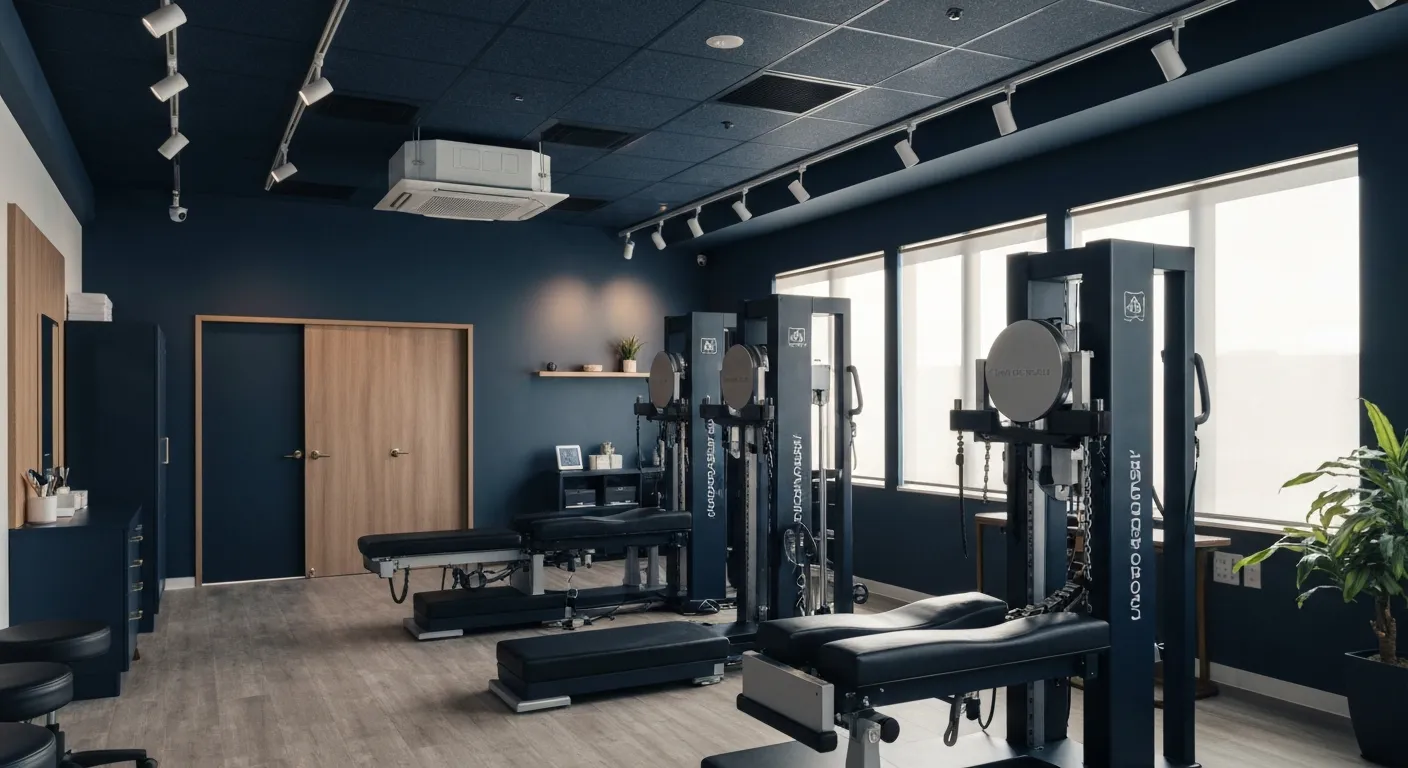
Sciatica Relief Through Targeted Spinal Decompression

Integrating Physiotherapy with Chiropractic Treatments for Better Results

Testimonials That Demonstrate the Benefits of Chiropractic Care

The Power of Corrective Exercises in Pain Management

A Step-by-Step Guide to Your Initial Chiropractic Consultation

9 Nutritional Tips to Enhance Your Chiropractic Wellness Journey

Patient Experiences: How Chiropractic Care Changed Their Lives

Lifestyle Recommendations to Keep Your Spine in Top Shape

Effective Corrective Exercises for Long-Term Pain Relief

Back Pain Benefits: What Chiropractic Care Can Do for You
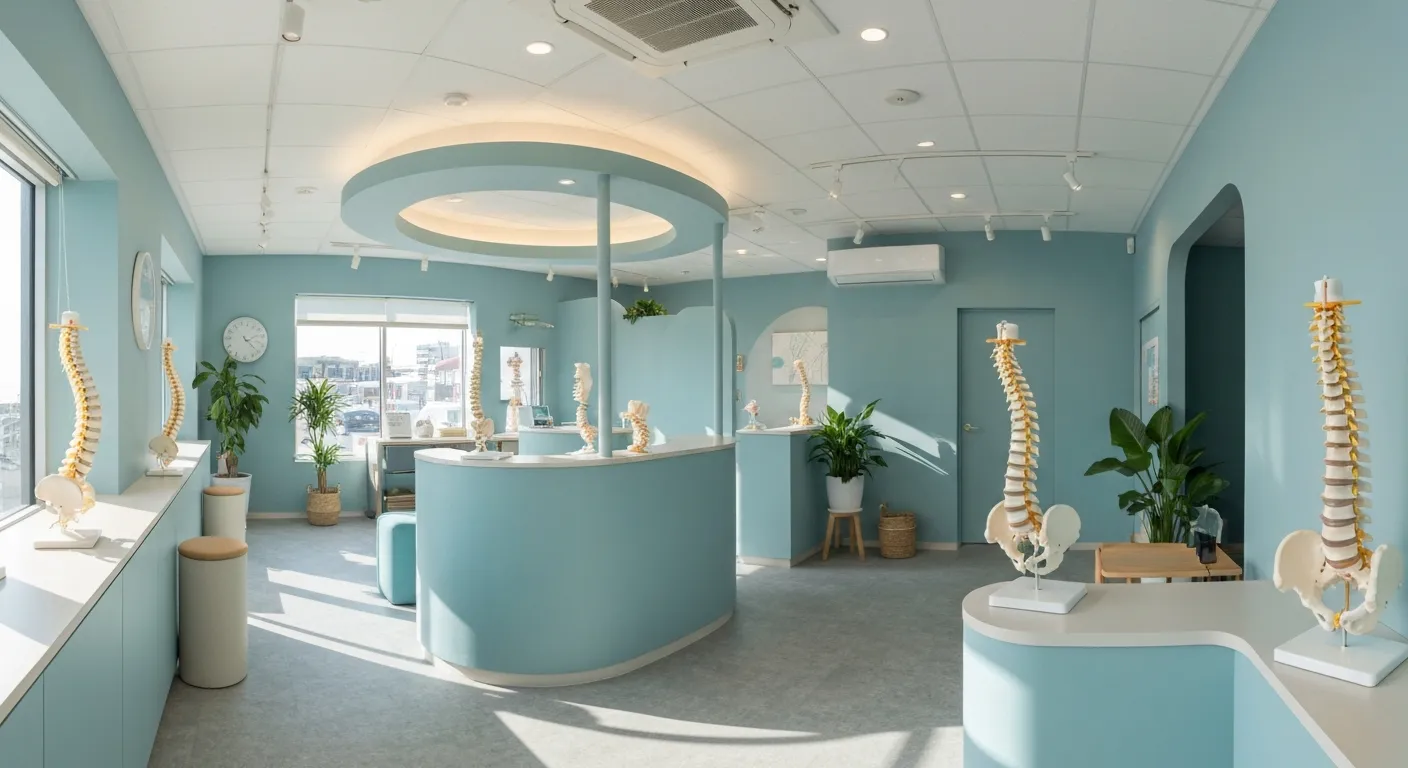
Spinal Decompression Techniques for Effective Sciatica Relief

Top Nutritional Counseling Tips for Enhanced Wellness

6 Lifestyle Habits That Boost Spine Health Daily

Discover Holistic and Non-Surgical Pain Relief Solutions

Exploring Holistic and Non-Surgical Treatment Options for Pain
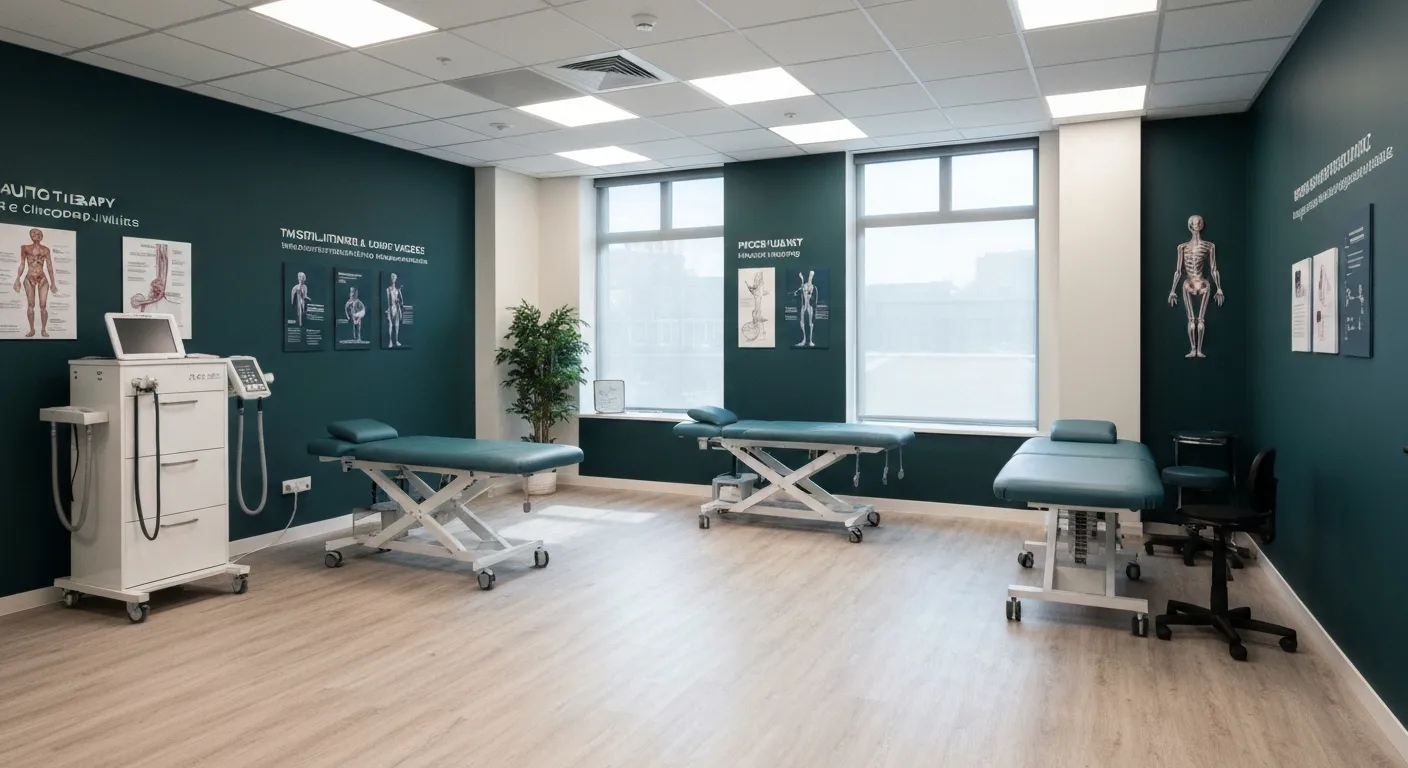
The Role of Physiotherapy in Enhancing Chiropractic Care Outcomes

Complementing Chiropractic Care with Physiotherapy: What You Need to Know

What to Expect During Your First Chiropractic Visit
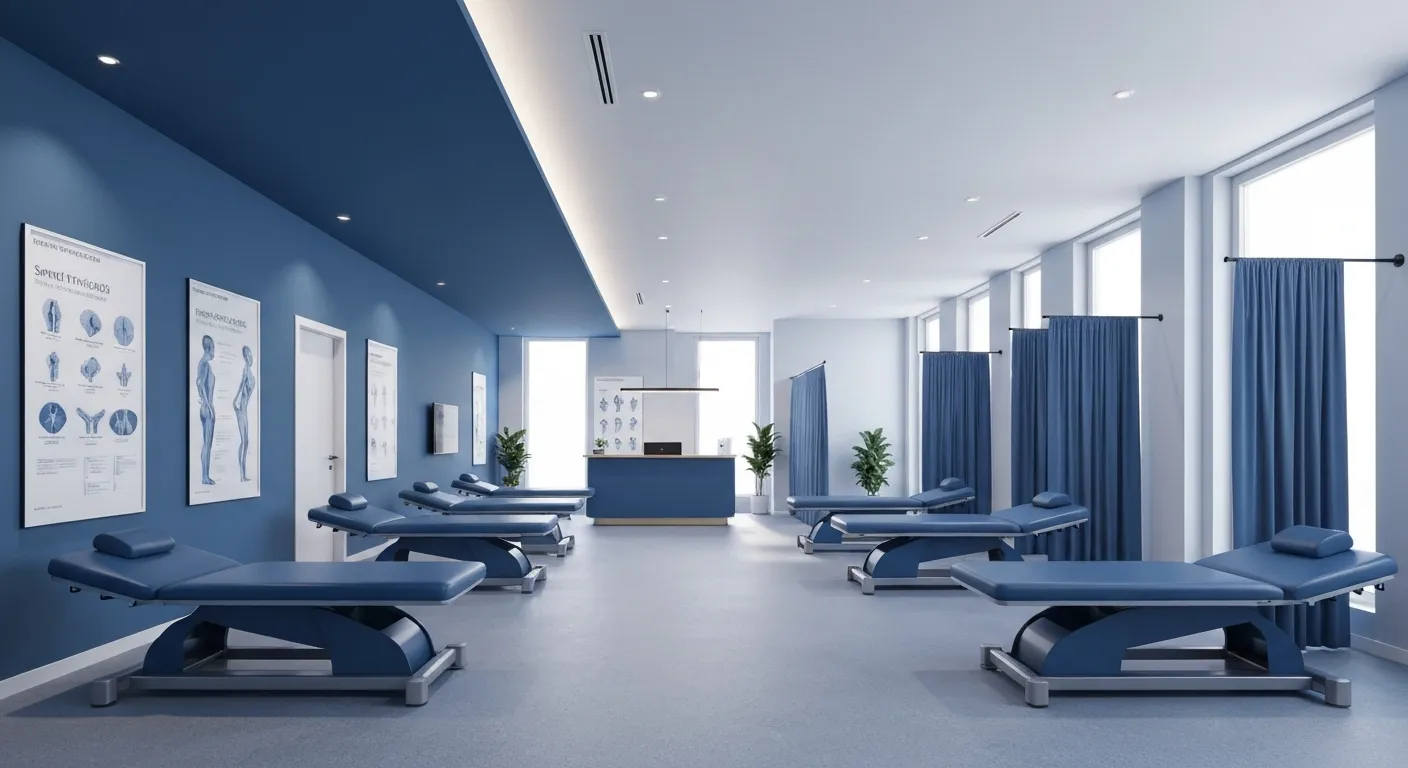
Simple Lifestyle Adjustments to Maintain a Healthy Spine

Personalized Nutritional Counseling for Improved Health Outcomes

Exploring Non-Surgical Treatments for Spine-Related Conditions
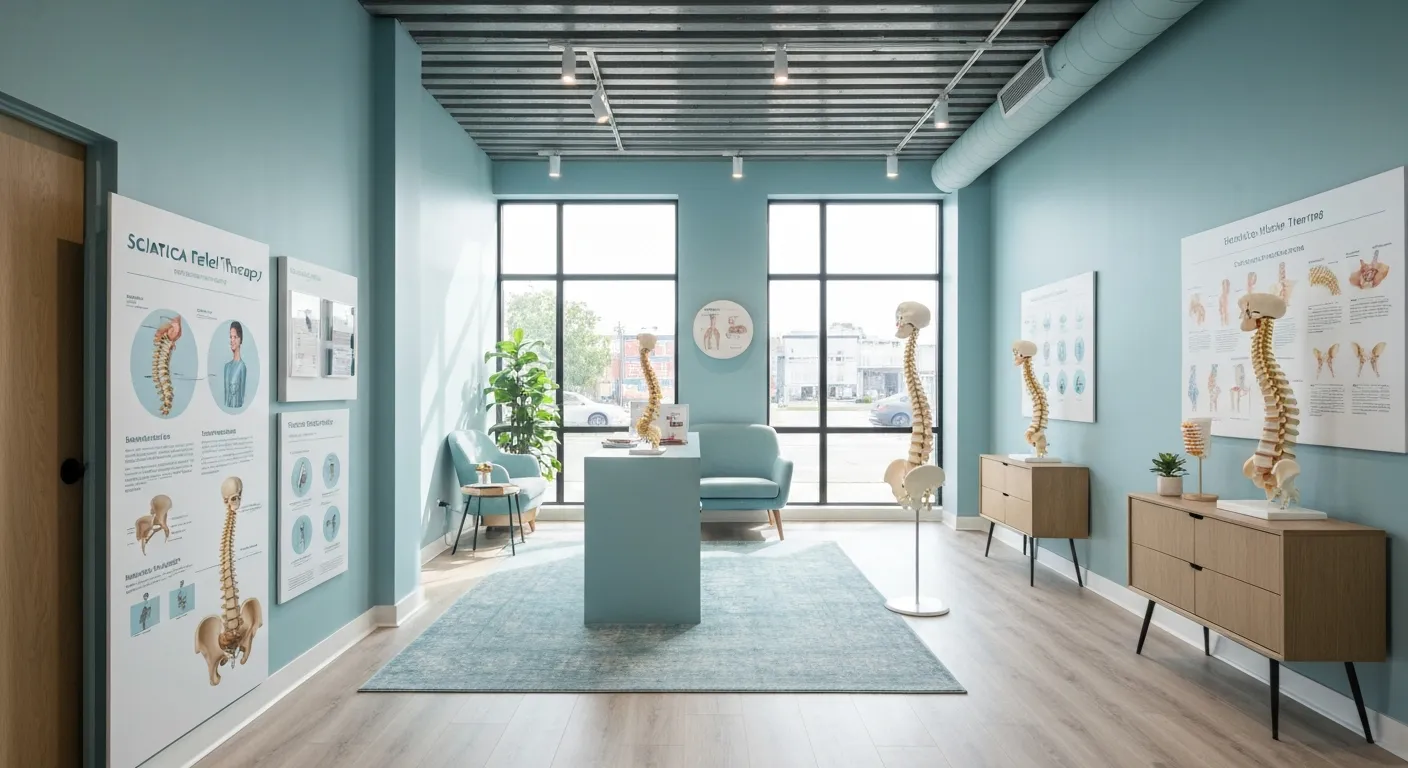
An Introduction to Spinal Decompression for Sciatica Patients

Transformative Success Stories: Patient Experiences with Chiropractic Treatments
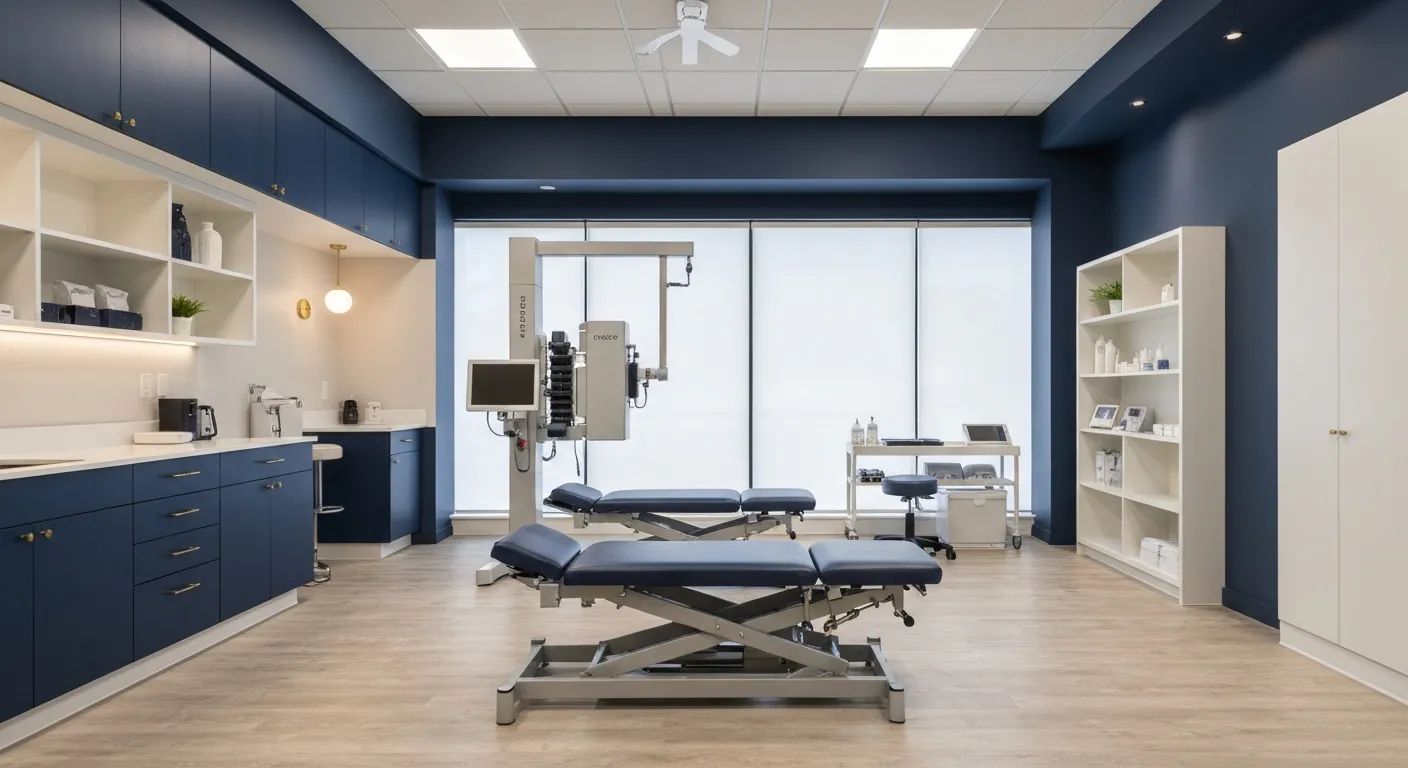
Why Chiropractic Care Is Essential for Back Pain Relief

Addressing Underlying Causes Versus Symptom Management in Pain Care

The Role of Nutrition in Enhancing Chiropractic Treatment Effectiveness
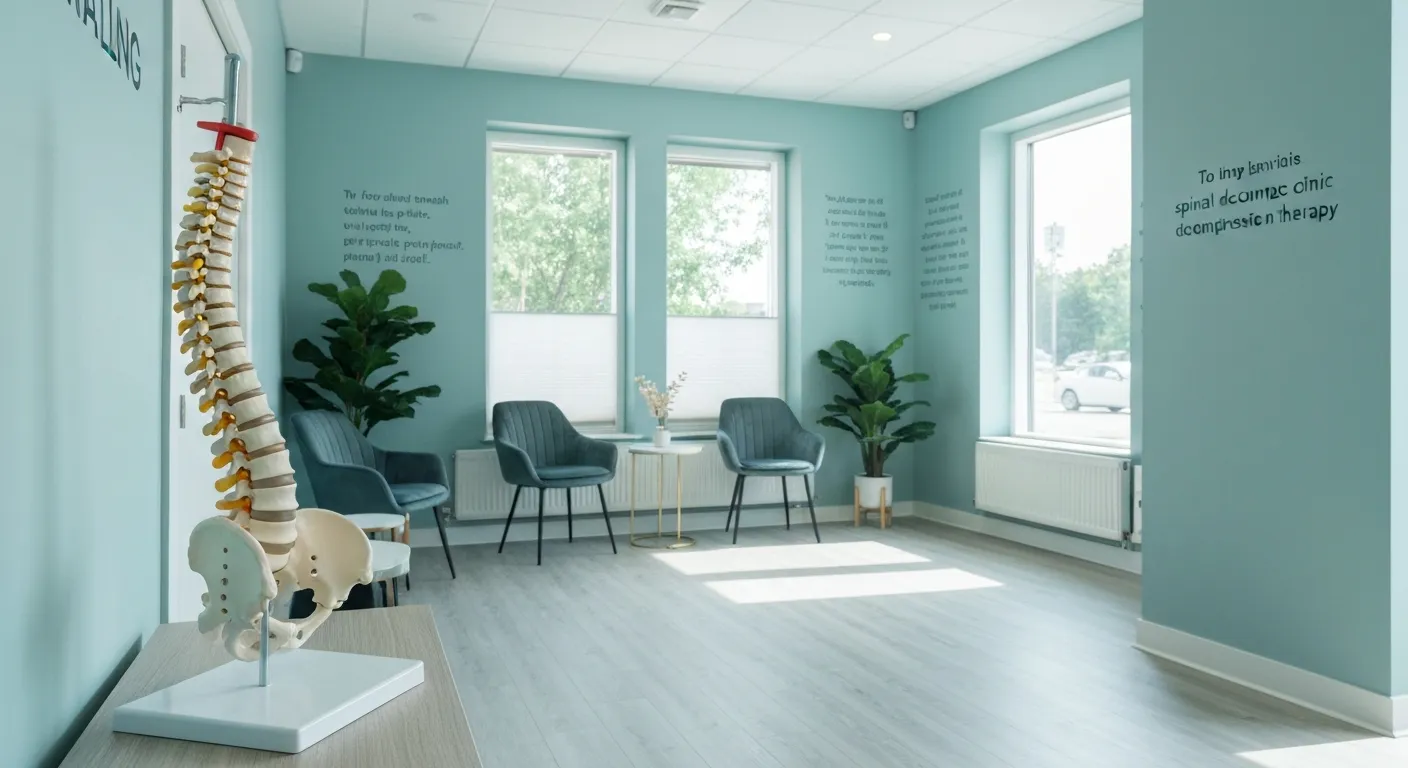
Sciatica Treatment Options: Is Spinal Decompression Right for You?
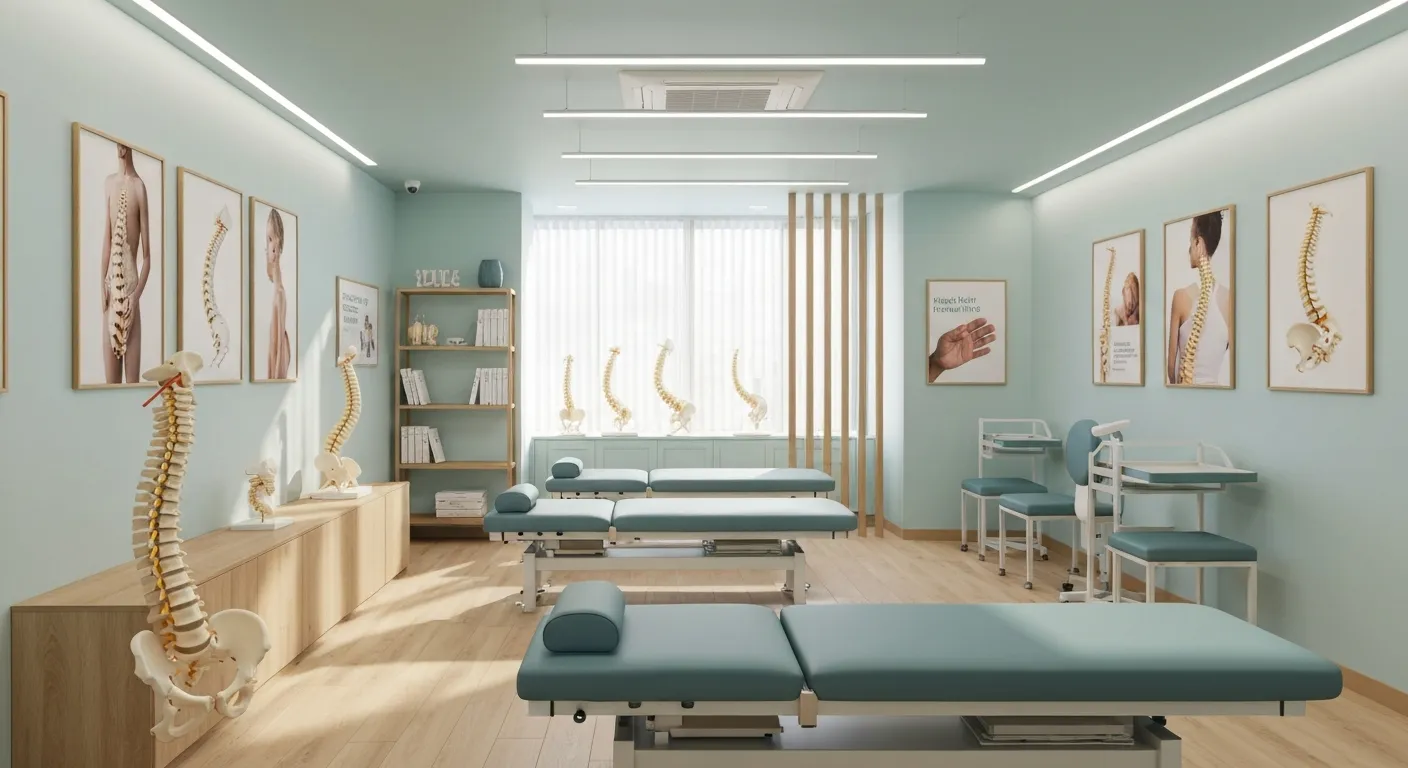
Lifestyle Tips to Maintain a Healthy Spine and Prevent Back Issues
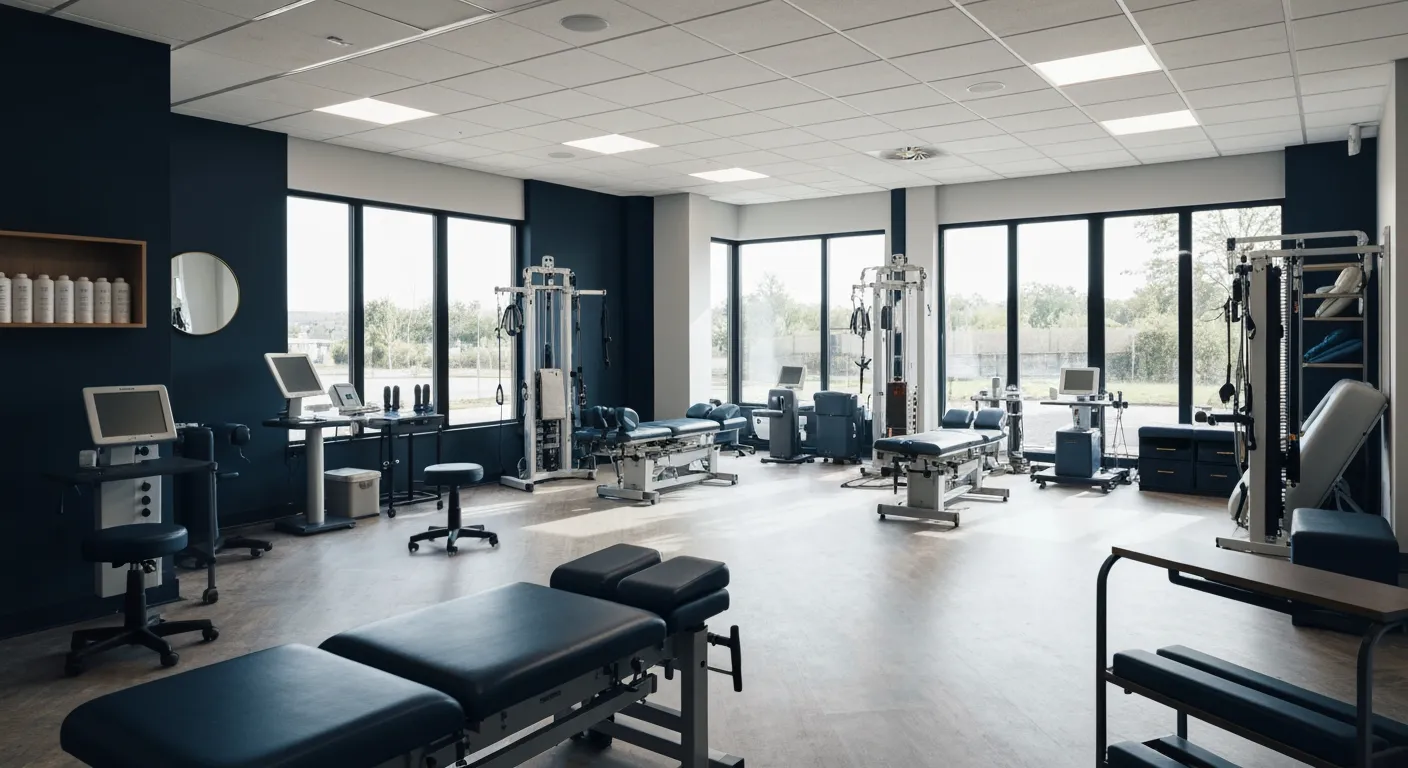
The Synergy Between Physiotherapy and Chiropractic Treatments

What Happens During Your Initial Chiropractic Consultation

Effective Corrective Exercises for Sustainable Pain Management

Taking a Root Cause Approach to Chronic Pain Management

Holistic Pain Management Techniques Without Surgery

How Patient Success Stories Validate Chiropractic Care Benefits

Spinal Decompression: Innovative Treatment for Sciatic Nerve Pain

Spinal Decompression Therapy: A Non-Invasive Approach to Sciatica Relief

Exploring Holistic Approaches Beyond Surgery for Pain Relief

Practical Lifestyle Advice to Support a Healthy Spine Every Day

Corrective Exercise Routines Designed for Long-Term Pain Prevention

Real Patient Stories: Overcoming Chronic Pain with Chiropractic Care

Lifestyle Changes That Promote a Healthy Spine and Prevent Injury

How Addressing the Root Cause of Pain Leads to Lasting Relief

Non-Surgical Holistic Therapies to Manage Chronic Pain Effectively

Nutritional Counseling's Impact on Physical Health and Healing

Benefits of Regular Chiropractic Care for a Stronger Back

Your First Chiropractic Visit: What to Expect and How to Prepare

Patient Experiences: How Chiropractic Care Transformed Their Lives

Exploring Holistic, Non-Surgical Options for Pain Management

Combining Physiotherapy with Chiropractic Treatments for Enhanced Recovery

Holistic Treatments That Offer Alternatives to Surgery for Pain Relief

Corrective Exercise Strategies for Long-Term Spine Health

How Physiotherapy Complements Chiropractic Adjustments for Better Outcomes

First-Time Chiropractic Visitors: What You Should Know

Understanding the Importance of Treating Pain at Its Source

Adopting Lifestyle Changes to Support Your Spine's Wellness

Utilizing Physiotherapy to Enhance Chiropractic Treatment Outcomes

The Key Advantages of Chiropractic Care for Back Pain Sufferers

Why Focusing on Root Causes Improves Pain Treatment Success

Corrective Exercises That Promote Lasting Pain Relief and Mobility

Sciatica Relief Through Targeted Spinal Decompression Techniques

Preparing for Your First Chiropractic Appointment with Confidence

Healthy Lifestyle Habits for Maintaining Spinal Alignment

Success Stories Highlighting Chiropractic's Role in Pain Recovery

Top Benefits of Chiropractic Care for Chronic Back Pain

Nutrition Tips to Boost Your Overall Wellness and Recovery

How Chiropractic Care Alleviates Back Pain Naturally

How Nutritional Counseling Supports Overall Wellness and Spine Health

Step-by-Step Guide to Your First Visit with a Chiropractor

Using Nutrition to Support Chiropractic and Overall Wellness

Integrating Physiotherapy in Your Chiropractic Healing Journey

Integrating Physiotherapy in Your Chiropractic Healing Journey

How Physiotherapy Complements Chiropractic Adjustments for Faster Healing

Lifestyle Tips for Maintaining a Healthy Spine and Preventing Back Pain

Heartwarming Patient Testimonials Highlighting Chiropractic Success

